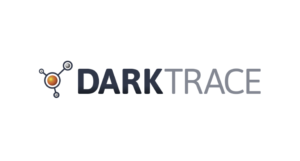SOAR and SIEM differ fundamentally, and getting the most value from these two technologies is crucial to the success of your cyber security operations.
SOAR and SIEM share many components, which makes it hard to understand their key differences. Security information and event management (SIEM) tools are used to centrally collect vital log and event data from various sources such as servers, networks, applications, and databases. Examples of such sources are firewalls, intrusion prevention systems, antivirus, antimalware and data loss prevention tools.
By analyzing the data in real time, the SIEM can spot potential security issues. By combining information from multiple sources, the SIEM is able to identify threats as a result of correlating their data. After ranking the events, the SIEM intelligently assigns severity ratings to them.
In many cases, security administrators are tasked with scrutinizing the various events to isolate the source and take remediation measures or simply acknowledge the event and train the analysis engine to recognize it as a benign event. This helps the SIEM software to determine what is a real threat as opposed to merely suspicious activities
How SOAR and SIEM can improve your security operations
In contrast to SIEM tools, Security Orchestration, Automation and Response (SOAR) is relatively new. In comparison, both SOAR and SIEM aggregate security data from multiple sources, but where and how much information is collected differs. SIEM ingests log data and event data from traditional infrastructure component sources, but a SOAR takes in much more.
SOAR, for example, will utilize information from external threat intelligence feeds, endpoint security software, and other third-party sources to create a comprehensive picture of the security landscape both inside the network and outside. SOAR takes analytics to the next level by setting up defined investigation paths that are based on alerts.
If you compare SOAR and SIEM, the latter will provide only the alert. The administrator is responsible for determining the next steps in the investigation after that point. By automating investigation path workflows, SOARs can reduce the amount of time that is spent triaging alerts greatly. It also covers security administration skills that are required to complete an investigation.
An effective SOAR playbook designed and implemented by UpTime365 can make your cybersecurity team and SOC operations more efficient.
Feel free to get in touch with us today and see how we can help.




